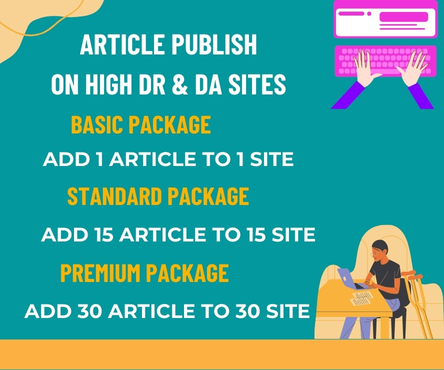In the realm of modern medicine, organ transplantation stands as a testament to human ingenuity and the relentless pursuit of saving lives. However, the process of matching donor organs with recipients is a complex and intricate dance, requiring precision, speed, and compassion. This is where transplant software emerges as a game-changer, revolutionizing the way organ donations are managed and lives are saved.
Streamlining the Matching Process
Transplant software is designed to facilitate the matching of donor organs with potential recipients. By leveraging sophisticated algorithms and vast databases, these systems can quickly identify compatible matches, taking into account factors such as blood type, tissue type, organ size, and medical urgency. This streamlined process not only saves precious time but also increases the likelihood of successful transplants.
Enhancing Efficiency and Transparency
Manual data entry and paperwork are significantly reduced, if not eliminated, with transplant software. This digital transformation enables healthcare professionals to focus on what matters most – providing care and support to patients. Moreover, the software provides real-time updates on organ availability, recipient status, and transplant schedules, ensuring that all stakeholders are informed and aligned.
Improving Patient Outcomes
The primary goal of transplant software is to save lives. By expediting the matching process and minimizing cold ischemia times (the period an organ spends outside the body), the software plays a critical role in improving patient outcomes. When organs are transplanted promptly, the risk of complications and organ failure decreases, leading to better graft survival rates and enhanced quality of life for recipients.
Facilitating Collaboration and Data-Driven Insights
Transplant software enables seamless collaboration among transplant teams, organ procurement organizations (OPOs), and hospitals. By providing a shared platform for data exchange and communication, the software fosters a more coordinated and effective approach to organ donation and transplantation. Furthermore, the software’s analytics capabilities offer valuable insights into transplant trends, organ utilization rates, and patient outcomes, informing data-driven decision-making and policy development.
Addressing the Organ Shortage
The demand for organs far exceeds the available supply, resulting in lengthy waiting lists and, tragically, patient deaths. Transplant software can help alleviate this shortage by optimizing organ allocation, reducing waste, and promoting efficient use of available organs. By maximizing the potential of each donation, the software can contribute to saving more lives and bridging the gap between supply and demand.
The Future of Transplantation
As technology continues to evolve, transplant software is poised to play an even more pivotal role in the world of organ transplantation. With advancements in artificial intelligence, machine learning, and data analytics, these systems will become increasingly sophisticated, enabling healthcare professionals to make more informed decisions and provide better care to patients. The future of transplantation is digital, and transplant software is at the forefront of this revolution.
In conclusion, transplant software has transformed the landscape of organ transplantation, offering a beacon of hope to patients and healthcare professionals alike. By streamlining the matching process, enhancing efficiency and transparency, improving patient outcomes, facilitating collaboration, and addressing the organ shortage, these systems are saving lives and shaping the future of transplantation. As the healthcare industry continues to evolve, the importance of transplant software will only continue to grow, underscoring its vital role in modern medicine.

